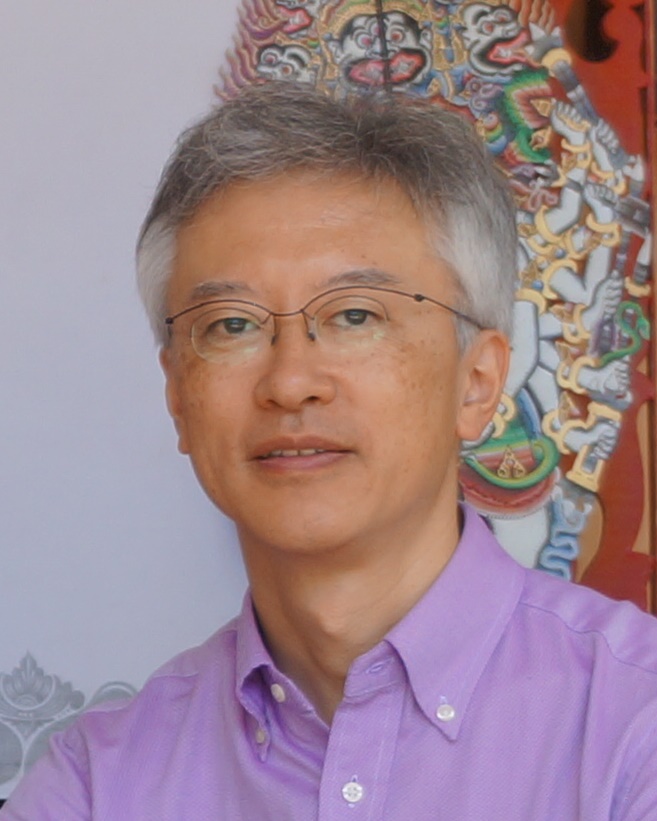Greeting
In recent years, the term "intangible cultural heritage" seems to have become a household phrase in Japan. It made major news headlines when UNESCO decided to include washoku (traditional Japanese cuisine) in the Intangible Cultural Heritage Lists at its general conference in 2013. I assume that many Japanese were pleased to hear the news, thinking that Japan's food culture had now gained worldwide recognition. Many Japanese performing arts, such as Okinawan Kumiodori, are included in the Lists. Each of them is celebrated by most Japanese as an enhancement of national pride.
Meanwhile, the UNESCO Convention for the Safeguarding of Intangible Cultural Heritage states that an intangible cultural heritage should be something that those who have passed it on "recognize as part of their cultural heritage." This means that the will of the people who wish to continue to pass on their heritage is considered more important than whether the world recognizes it or not. One could say further that, whether or not it is listed by UNESCO, if the people concerned regard a certain cultural tradition as their own, it can properly be called an intangible cultural heritage.
The performing arts of Asian countries, whose videos have contributed to this project, are all equally fascinating, having been nurtured through time in their respective regions. It is no wonder that the people of these countries are proud of them. On February 9, we held a discussion online event at the National Theatre Okinawa with participants closely associated with each of the performing arts, including bearers of the heritage and researchers. What struck us at the event was that even those valuable performing arts were seen as facing many challenges to overcome in order to survive into the future.
Examples of such performing arts are as follows: Kutiyattam, a form of classic play using the Sanskrit language performed in the Kerala state of India, is said to have been handed down for more than 1,000 years by performers exclusively from particular families. However, they are now accepting people from outside those families in order to pass on the art. Wayang golek, a type of puppet theater in Indonesia still very popular today, actively adopts new methods of expression in line with the times, in addition to the traditional ones. The Thai traditional style of masked dance drama, Khon, was performed only at court in the past, but now next-generation performers are trained at various public and private educational institutions while utilizing modern technology in both education and performance. Nha nhac, which was developed in the court of Hue, the ancient capital of Vietnam, nearly died out once but has been revived. Now the Vietnamese government is making efforts to make it relevant to modern society with the help of the city designated a World Heritage Site and its historical buildings and poetry inscribed on them recognized as the "Memory of the World Register." Mak yong, a type of theatrical song and dance in the Malaysian state of Kelantan, has been performed for entertainment and as part of rituals for the treatment of illness. Today, its performers are continuously working to pass the tradition on to the next generation, while getting in harmony with Islamic values.
In Okinawa, we are actively organizing Kumiodori performances at the National Theatre Okinawa and making organized efforts to nurture the next generation of performers by offering the Kumiodori Performer Training. We think that it was very meaningful to exchange such experiences with people from other parts of Asia. Behind UNESCO's policy on intangible cultural heritage, there is the recognition that the world's cultural diversity should be protected. This does not simply mean that maintaining different cultures separately is enough but means that we should enrich ourselves by learning about each other's differences and similarities by exchanges with other groups, thereby forming the basis for coexistence.
We hope that, by watching the videos released as part of this project, many people will learn about the excellence of the performing arts of other Asian regions and start thinking about possible ways to overcome the challenges that the performing arts, as the cultural heritage of human beings, commonly face in today's society.
 |
Moderater:Fukuoka Shota Professor of Ethnomusicology at the National Museum of Ethnology. He specializes in the music of Southeast Asia, particularly the Sundanese music of West Java, Indonesia. Co-author of such works as Popular Culture in Southeast Asia: Identity, Nation, and Globalization (Stylenote, 2018) and Twelve Perspectives on Folk Music (ONGAKU NO TOMO SHA, 2016). He has led various research projects, including, Traditional performing arts issues in island societies (2018), Constructing a forum-type information museum to the traditional performing arts of Tokunoshima (2014-2016), and Cultural development and exchange through mass media in East Asia in the 1930s (2005-2010). |
